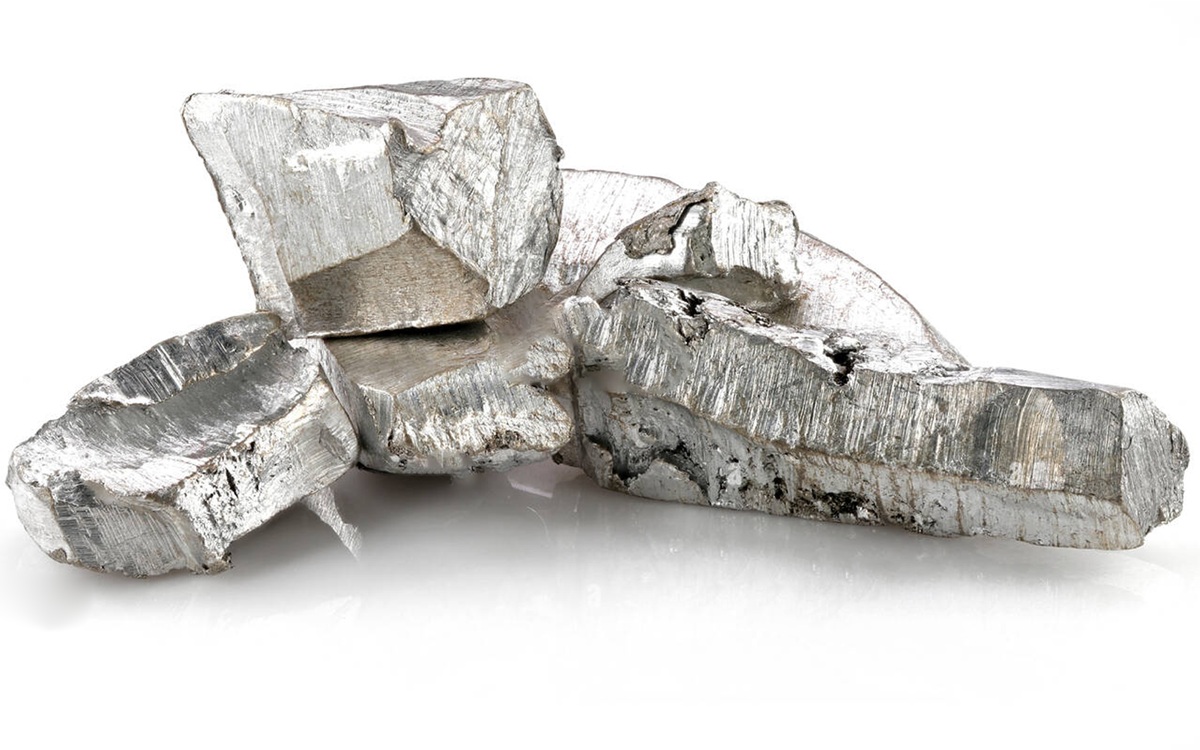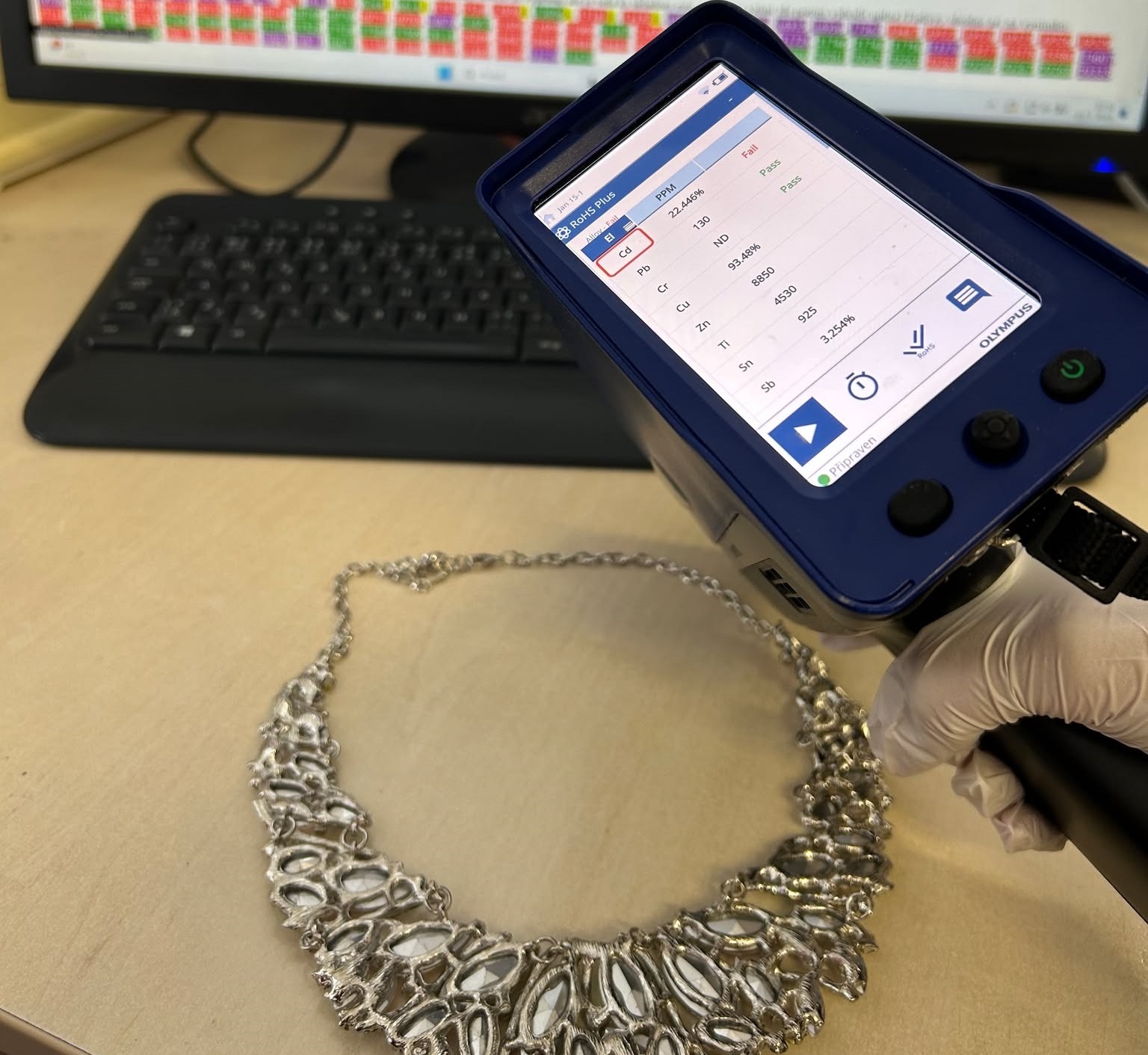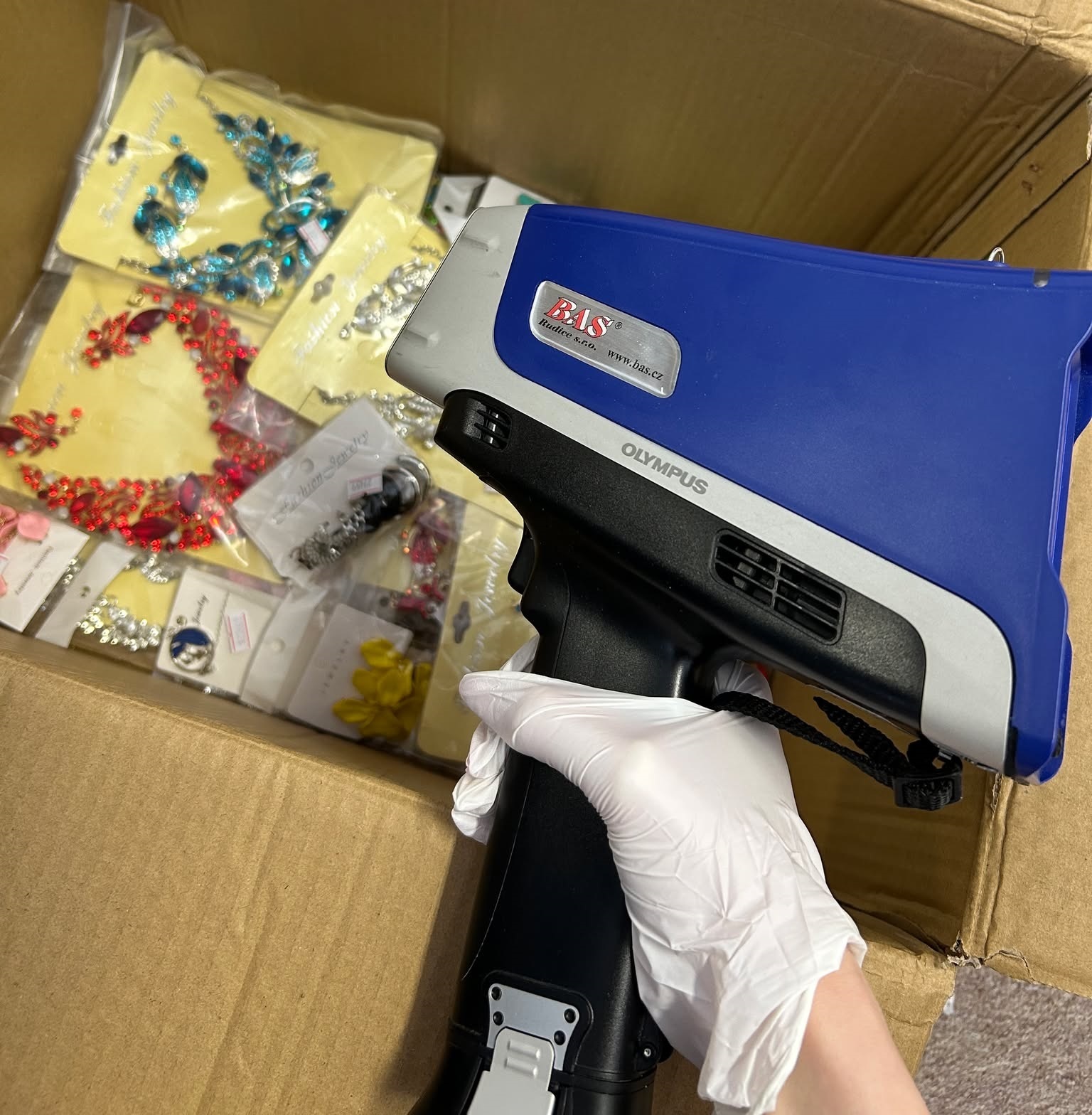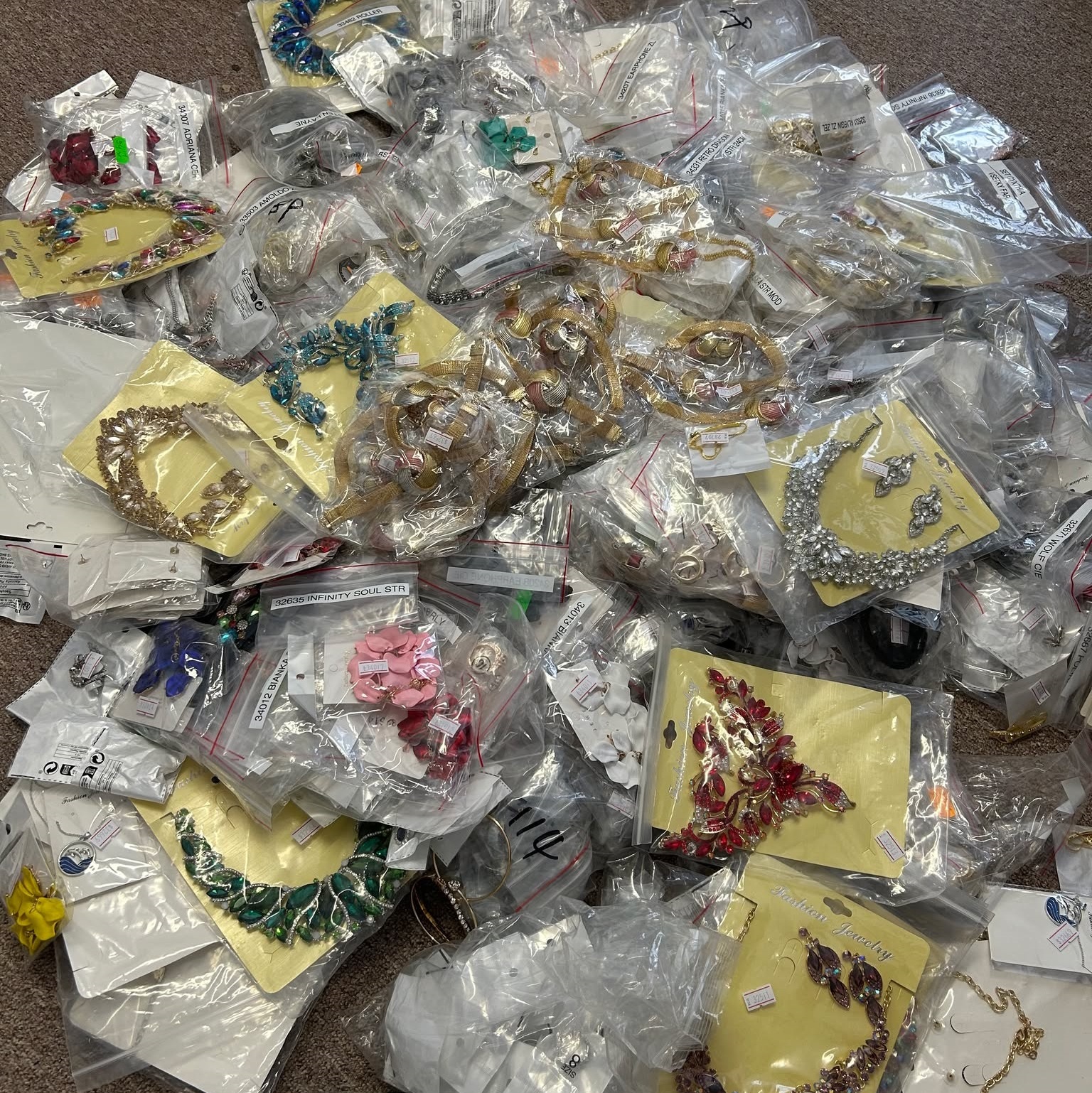Searching ...
Why You Should Pay Attention to Heavy Metals in Jewelry and How We Test Them
What Are Heavy Metals and Why Are They Dangerous?
Heavy metals, such as nickel, lead, cadmium, and mercury, are commonly found in the metal components of jewelry. Some manufacturers use them because they are inexpensive and easy to work with. The problem arises when such jewelry comes into prolonged contact with the skin. It can cause various health issues – from rashes to severe allergic reactions.
In the European Union, strict regulations (e.g., the REACH directive) limit the amount of heavy metals in jewelry. This is to protect consumer health – heavy metals can accumulate in the body and cause long-term problems, such as damage to the nervous system, kidneys, or other internal organs.
- Nickel: A common allergen; can cause dermatitis and itching.
- Lead: Associated with disorders of the nervous system and blood formation.
- Cadmium: Highly toxic; can damage kidneys and bones.
- Mercury: Can penetrate the skin; accumulation in the body can severely jeopardize health.

Regulations for Heavy Metal Content and Extreme Cases in Practice
When selling jewelry in the European Union, strict limits are enforced on the content of heavy metals to ensure consumer safety. These limits are set by the REACH regulation and other directives. For some of the most frequently tested metals, the limits are as follows:
- Cadmium (Cd): up to 0.01% (100 ppm) of the total mass of the jewelry.
- Nickel (Ni): up to 0.5 μg/cm² per week (release upon skin contact).
- Lead (Pb): up to 0.05% (500 ppm) of the total mass.
- Mercury (Hg): its use is prohibited in any concentration.
Despite these standards, our testing of some jewelry pieces has revealed shocking results:
- Cadmium: In one tested piece of jewelry, the cadmium content was measured at up to 90%. This represents an overage of an incredible 900,000% above the permitted limit.
- Nickel: Jewelry that releases more than 50 μg/cm² per week of nickel upon skin contact shows a 100-fold exceedance of the norm.
- Lead: In some samples, the lead content reached up to 75%, which means an overage of 150,000% above the allowed limit.
These results are alarming and demonstrate that uncontrolled jewelry can be extremely dangerous. Such extreme cases are most common in cheaper products from unverified sources, where recycled material of unknown origin is used.

That is why we conduct thorough testing of all our products using a portable spectrometer. At Harahu.com, you can be confident that you are purchasing safe jewelry that does not jeopardize your health.
Testing with Our Portable Spectrometer – How We Determine if Jewelry Meets Standards
To reliably confirm (or refute) the presence of heavy metals in jewelry, we use a portable spectrometer. This is a specialized device that, with the help of X-rays, can determine the precise composition of a material within seconds.
The process works by having the spectrometer emit X-rays toward the test object (in this case, the individual parts of the jewelry) and then capturing the characteristic “reflections” of the rays, which reveal the chemical elements present. The result is a clear analysis displaying the content of each element.
At Harahu.com, we have invested several tens of thousands of euros in a top-of-the-line portable spectrometer. Thanks to this, we can guarantee that the jewelry reaching our customers complies with the strictest safety standards.
- Testing Speed: Each measurement takes only a few seconds.
- Accuracy: The device can detect traces of elements in minimal amounts (ppm).
- Safety: Portable spectrometers use low doses of X-ray radiation, making them safe for both the operator and the environment.

Why Do We Test the Same Jewelry Multiple Times?
You might wonder why it is necessary to test the same piece of jewelry more than once. The reason is that the material of jewelry can change over time. For example:
- Wear of the Protective Coating: If a protective layer is applied to the surface, it can gradually wear off and expose the base metal.
- Contact with Various Substances: During wear, the jewelry may react with cosmetics, perfumes, or other substances that affect the surface.
- Production Variability: Sometimes we receive different batches of the same model that may differ in composition.
In practice, we initially tested a sample batch that met the standards. After six months, when we tested the same type of jewelry from the manufacturer, we found it no longer complied with the current standards. Therefore, control at different time intervals is extremely important.

- Necklaces
- Bracelets
- Rings
- Earrings
- Jewelry Sets
- Hair Accessories
- Brooches
- Magical Stones
- Chains
- Pendants
- Women's Bracelets
- Men's Bracelets
- Unisex Bracelets
- Ankle Bracelets
- Women's Necklaces
- Men's Necklaces
- Unisex Necklaces
- Women's Rings
- Men's Rings
- Unisex Rings
- Earring Sets
- Bracelet Sets
- Crosses
- Infinity
- Hearts
Why Trust Harahu.com?
At Harahu.com, we take quality and safety very seriously. Our investment in a portable spectrometer worth several tens of thousands of euros is clear proof of this. Thanks to it:
- We Guarantee: that every piece of jewelry we ship complies with European standards for heavy metal content.
- We Regularly Check: our stock to detect any changes in material composition.
- We Ensure: that your skin does not come into contact with dangerous substances, so you can wear your jewelry with confidence.
It is important to us that you feel not only satisfied but, most importantly, safe. Every piece that passes through our hands is carefully selected, tested, and analyzed multiple times. The health and trust of our customers are our highest priorities.

Conclusion – Article Summary
When purchasing jewelry, health and safety should be a top priority. The content of heavy metals, such as nickel, lead, cadmium, and mercury, can seriously endanger the wearer’s health. That is why there are strict European standards that manufacturers and sellers must adhere to. At Harahu.com, we have decided to take it a step further – all our products are repeatedly tested using our advanced portable spectrometer.
If you do not want to risk allergies, skin irritations, or long-term health issues, we recommend buying jewelry only from verified sellers who guarantee quality and safety. We invite you to visit our online store and wish you to wear your favorite pieces of jewelry with joy and without worry.